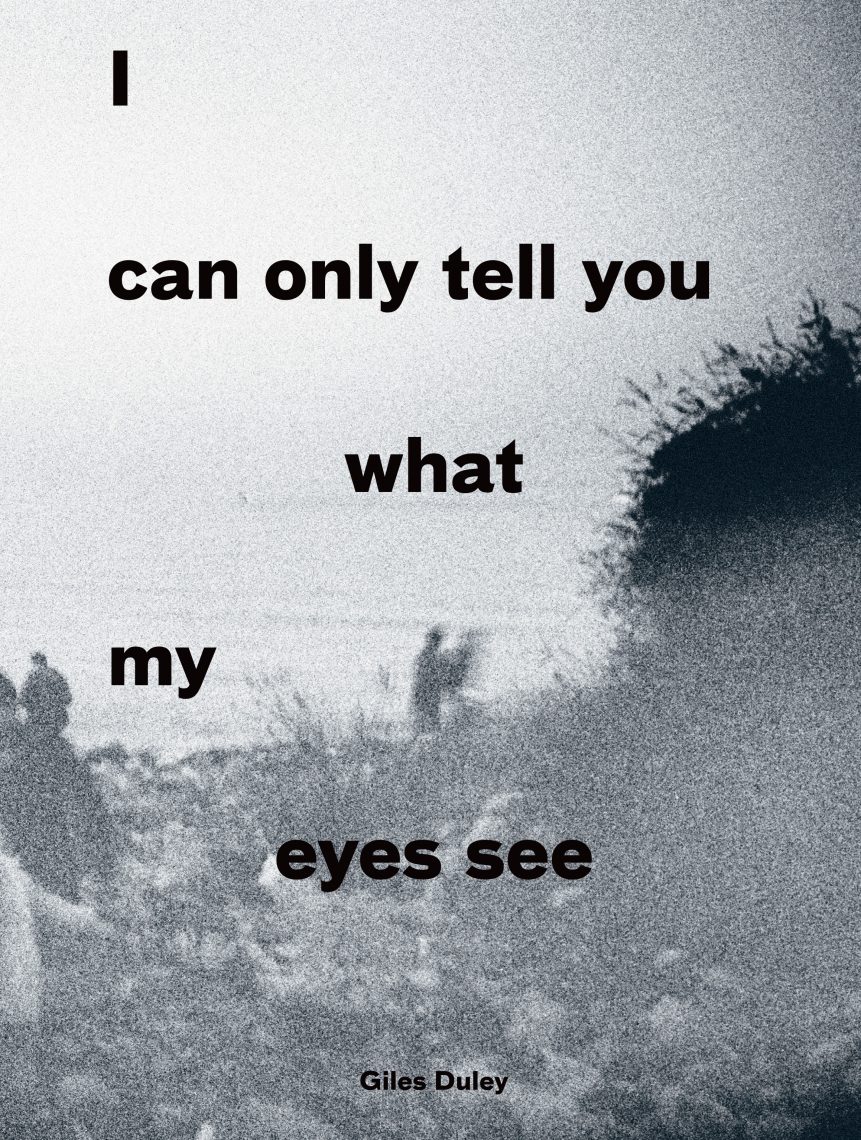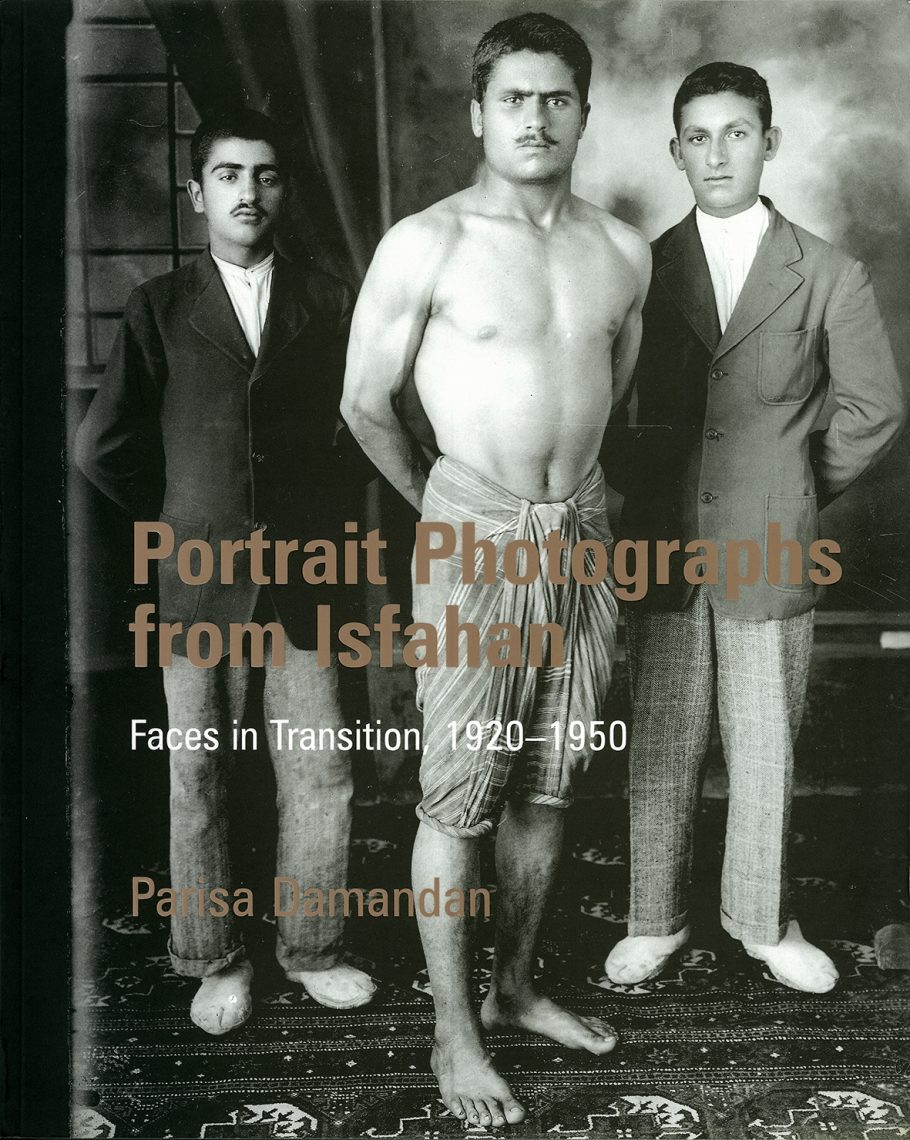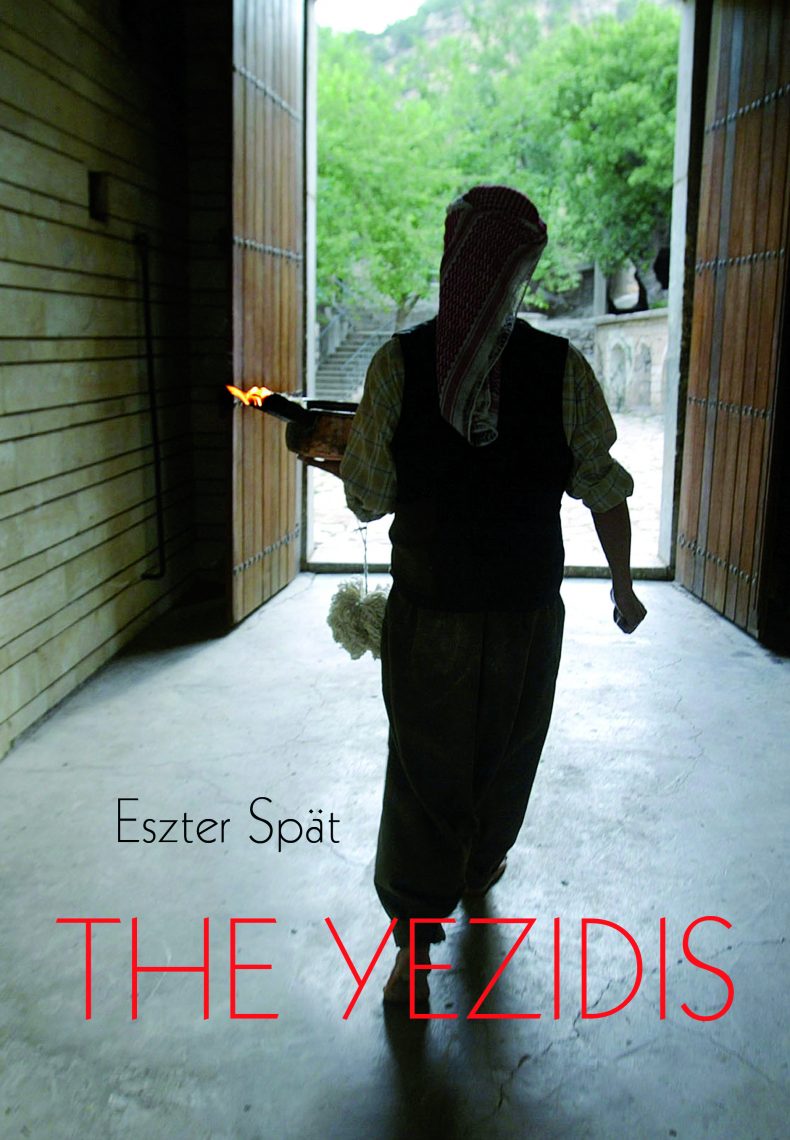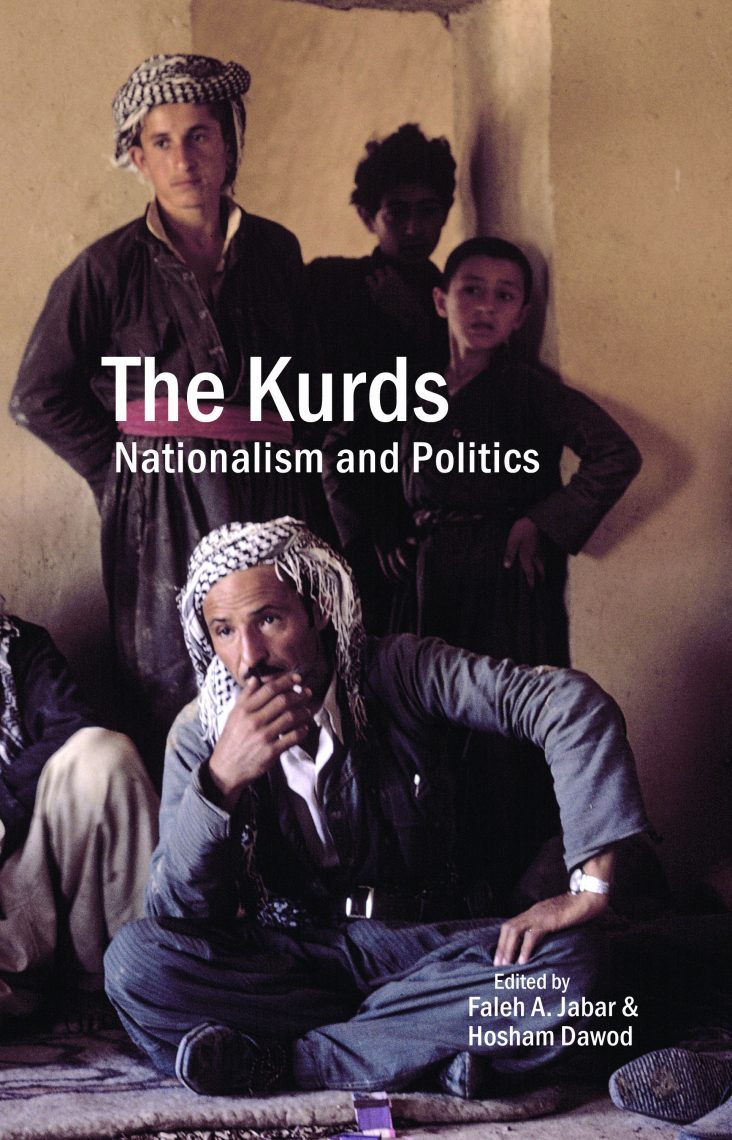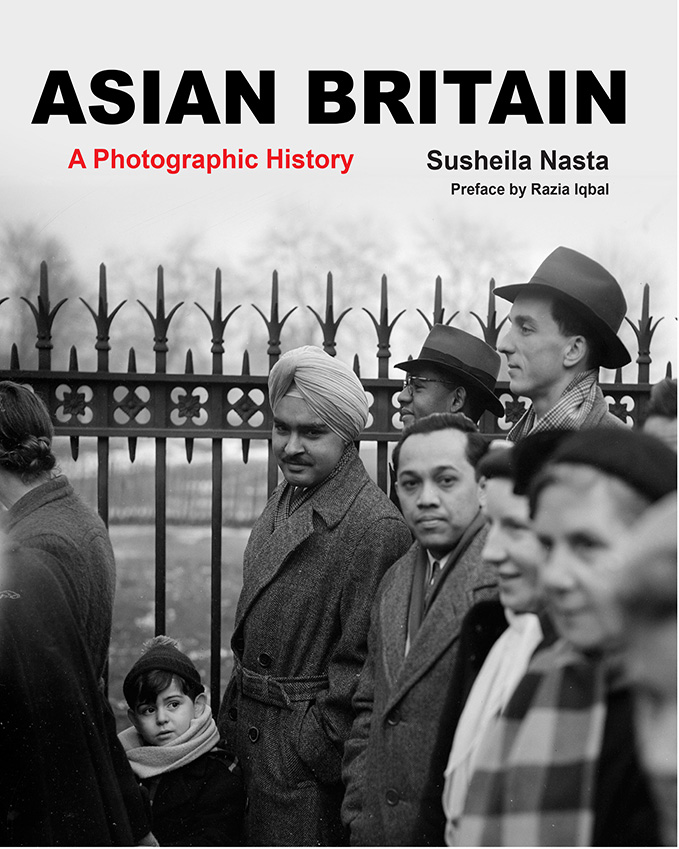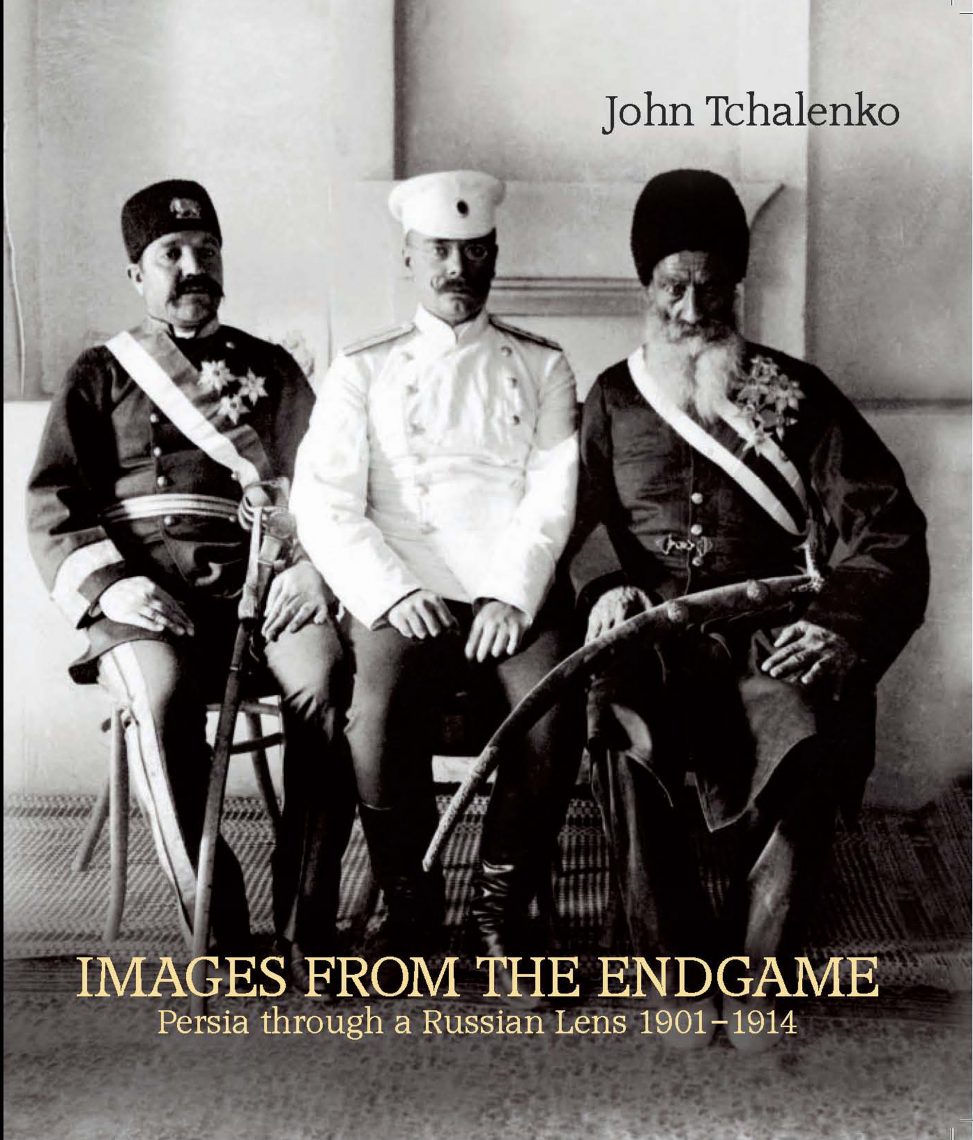
£19.99
About the Book
On 11 August 1913, the Tsar’s consul in Persia, Alexander Iyas, photographed the head of the Kurdish Piran tribe in front of a group of fierce-looking warriors from Baiz-Pasha’s Mangur tribe. He was thus marking a reconciliation he had successfully negotiated between the two. Fifteen months later, Iyas was beheaded by some of these same men and, by an extraordinary series of coincidences, the negatives of these images were recovered on a Turkish officer killed by the Russians during a World War battle near Tabriz in January 1915.
Alexander Iyas, officer in the Tsar’s Lithuanian Regiment, had arrived in Persia in 1901 in the small town of Turbat-i Haydari near the Afghan border. He was armed with several cameras, including the remarkable No4 Panoram Kodak. As Head of the Sanitary Cordon his mission was to ensure that Bubonic Plague would not be carried to Russia by trading caravans coming from British India, but the British were convinced he was simply there to gather intelligence.
In 1912 he was transferred to Soujbulak, a Kurdish town south of Lake Urmiyeh near Persia’s western border with Turkey. Throughout his years in Persia he documented the places, people and events he encountered with some remarkable photographs, providing us today with a rare Russian point of view of the Great Game – the rivalry between Britain and Russia for the domination of Central Asia. A unique and hitherto unknown group of images has been uncovered for a region and a time for which no other comprehensive collection exists.
About the Author
John Tchalenko was working as an earthquake geologist in Iran when he first came across Alexander Iyas. On researching the Foreign Office archives he discovered that Alexander Iyas had been his great-uncle. Eventually he succeeded in locating all of Iyas’s known photographs. John Tchalenko is presently Reader in Drawing and Cognition at the University of the Arts London.
Reviews
'A unique and hitherto unknown group of images of a region, and a time.' The Middle East
'Alexander Iyas' unique record of early 20th-century imperial politics has been rediscovered.' Moscow Times
